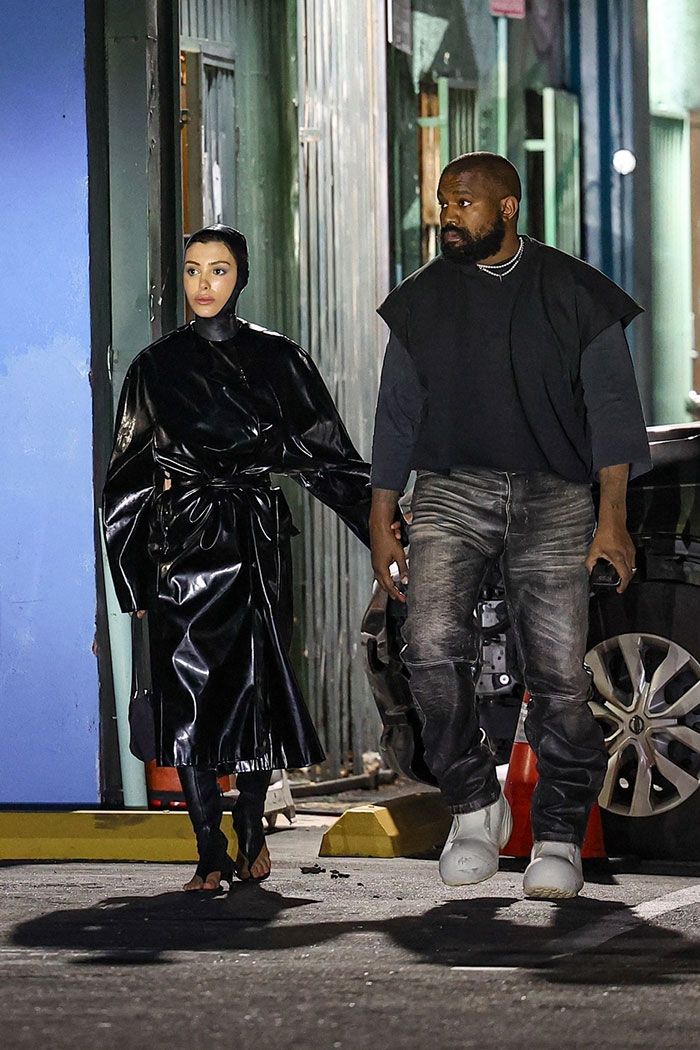Is The Count Of Monte Cristo Still Relevant? A Critical Review

Table of Contents
Enduring Themes of Revenge and Justice
The Count of Monte Cristo masterfully explores the potent themes of revenge and justice, elements that remain powerfully resonant in the 21st century.
The Allure of Revenge
The revenge narrative, a staple of literature and popular culture, taps into primal human emotions. Edmond Dantes’s journey, fueled by betrayal and wrongful imprisonment, speaks to a deep-seated desire for retribution.
- The psychological aspects of revenge: The novel delves into the emotional toll of revenge, showcasing how it can consume and ultimately corrupt. Edmond's transformation from a naive sailor to a cunning mastermind highlights the seductive yet destructive nature of this powerful emotion.
- Moral ambiguity of revenge: The Count of Monte Cristo doesn't shy away from the moral complexities of revenge. While readers might sympathize with Edmond's initial desire for justice, the increasingly elaborate and ruthless nature of his plans raises questions about the ethics of revenge.
- Revenge in popular culture: From Kill Bill to countless superhero narratives, the thirst for revenge remains a popular trope in modern media, underscoring the continued relevance of this theme in contemporary storytelling. Edmond Dantes's meticulous planning and calculated acts mirror the intricate revenge plots found in numerous modern films and television series.
The Pursuit of Justice
The novel doesn't simply present a straightforward tale of revenge. It also critically examines the justice system itself, highlighting its flaws and limitations.
- Failures of the legal system: Edmond's wrongful imprisonment exposes the injustices and corruption that can plague even the most established legal structures. This resonates with modern concerns about biases, wrongful convictions, and the unequal application of the law.
- Limitations of formal justice: The novel suggests that formal justice sometimes fails to provide adequate retribution or redress. Edmond's pursuit of justice outside the established legal channels reflects the frustration many feel with the limitations of formal systems.
- Individual agency in seeking justice: Edmond takes matters into his own hands, highlighting the role of individual agency in seeking justice when institutional mechanisms fail. This resonates with modern-day examples of social movements and activism that seek to challenge systemic injustices. The novel’s exploration of self-help justice prefigures contemporary discussions around vigilante justice and its ethical implications.
The Count of Monte Cristo's Characters and Their Modern Parallels
The novel's enduring appeal is also fueled by its complex and relatable characters, whose motivations and struggles resonate across centuries.
Complex and Relatable Characters
Dumas masterfully crafts a diverse cast of characters, each with their own strengths, weaknesses, and compelling backstories.
- Edmond Dantes: The protagonist's journey from innocent victim to vengeful mastermind is both captivating and cautionary. His transformation reflects the potential for both good and evil within individuals.
- Fernand Mondego: The envious and ambitious Fernand embodies the destructive nature of jealousy and ambition, a character type that remains all too familiar in modern society.
- Mercédès: The complexities of Mercédès' character – torn between love, loyalty, and regret – showcase the enduring power of human relationships and their capacity for both joy and heartbreak. Her character arc is a study in the consequences of difficult choices.
Archetypes and Their Enduring Significance
The Count of Monte Cristo utilizes classic literary archetypes that continue to shape narrative structures and our understanding of human behavior.
- The wronged hero: Edmond's journey perfectly embodies the archetype of the wronged hero, seeking justice after suffering injustice. This archetype remains incredibly powerful in contemporary narratives.
- The villain: Fernand and Danglars represent various villainous archetypes – the envious rival and the greedy opportunist – both of which remain staples of modern storytelling.
- The femme fatale: While less explicitly defined than in some other works, Haydée embodies elements of the femme fatale archetype, highlighting the multifaceted nature of female characters in literature.
The Count of Monte Cristo's Literary Style and Narrative Techniques
Dumas's masterful storytelling techniques contribute significantly to the novel’s enduring appeal.
Dumas's Masterful Storytelling
Dumas’s writing is characterized by its dramatic pacing, intricate plot twists, and well-developed characters.
- Pacing and plot twists: The novel keeps readers engaged with its carefully crafted suspense and unexpected turns.
- Character development: The characters’ motivations and transformations are central to the narrative, making them relatable and memorable.
- Suspense and adventure: The combination of adventure, intrigue, and suspense continues to captivate readers in the same way it did centuries ago. The thrilling escapes, daring plots, and dramatic confrontations provide an engaging and exciting narrative.
The Novel's Impact on Literature and Popular Culture
The Count of Monte Cristo has left an indelible mark on literature and popular culture.
- Adaptations in film and television: Countless adaptations in film, television, and other media demonstrate the novel’s enduring influence and its ability to be reinterpreted for modern audiences.
- Inspirational works: The themes and characters of The Count of Monte Cristo have been reinterpreted and adapted in numerous subsequent works of literature, film, and television, solidifying its place in the literary canon.
- Enduring themes: The enduring themes of revenge, justice, and betrayal continue to inspire and influence modern storytelling.
Conclusion
In conclusion, The Count of Monte Cristo's continued relevance lies in its exploration of timeless themes, its complex and relatable characters, and its masterful storytelling. The novel's exploration of revenge, justice, and the human condition remains powerfully resonant in contemporary society. The enduring power of its characters and the intricate plotting continue to captivate readers. By examining the failures of the legal system and the allure of revenge, Dumas created a work that transcends its historical context. We encourage you to re-engage with The Count of Monte Cristo, exploring its rich themes and characters, and experiencing firsthand the enduring legacy of this literary masterpiece. Consider exploring the themes of The Count of Monte Cristo further by reading other works that explore similar themes of revenge and justice. Reading The Count of Monte Cristo today offers a rewarding journey into a classic work that remains strikingly relevant in the 21st century.

Featured Posts
-
 Bakoles Ibf Eliminator Status Revoked Following Parker Victory Ajagba Bout Implications
May 05, 2025
Bakoles Ibf Eliminator Status Revoked Following Parker Victory Ajagba Bout Implications
May 05, 2025 -
 Sydney Sweeneys Euphoria Wedding Dress Filming Amidst Engagement Cancellation
May 05, 2025
Sydney Sweeneys Euphoria Wedding Dress Filming Amidst Engagement Cancellation
May 05, 2025 -
 16 Year Olds Torture Death Mother Faces Criminal Neglect Charges
May 05, 2025
16 Year Olds Torture Death Mother Faces Criminal Neglect Charges
May 05, 2025 -
 Kolkata Weather Expecting 30 Degree Temperatures In March
May 05, 2025
Kolkata Weather Expecting 30 Degree Temperatures In March
May 05, 2025 -
 Kanye Wests Controversial Bianca Censori Film Promotion
May 05, 2025
Kanye Wests Controversial Bianca Censori Film Promotion
May 05, 2025
